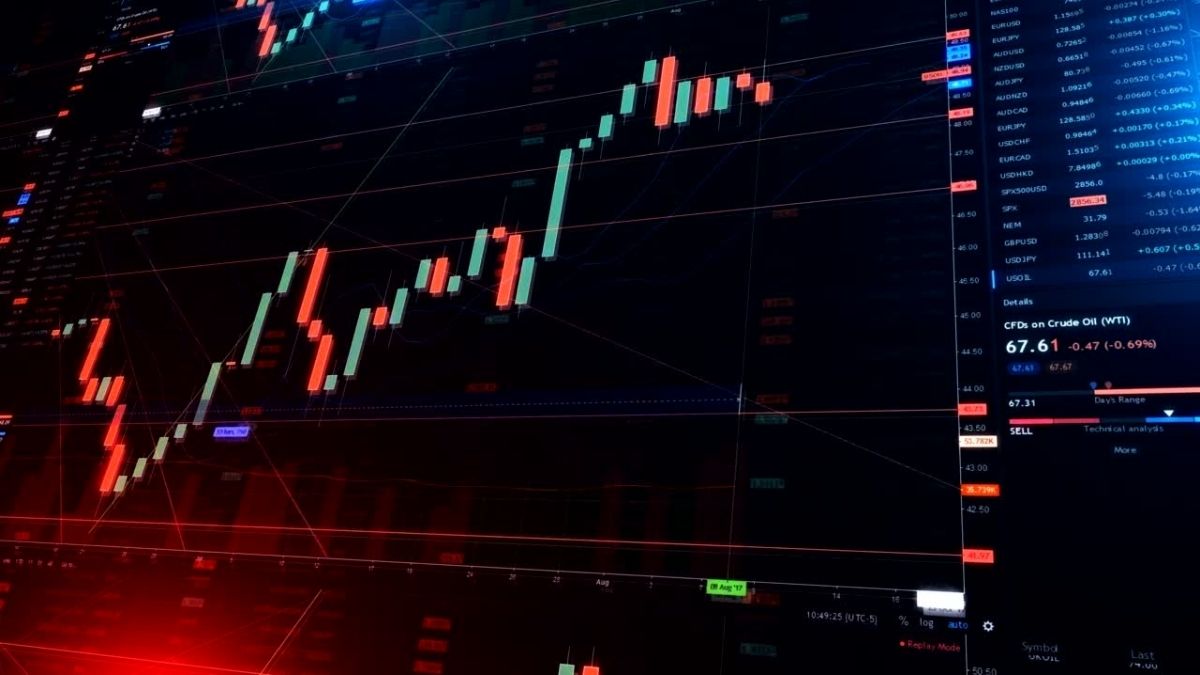Asian markets faced a challenging day after Chinese stocks lost momentum following an underwhelming briefing from China’s top economic planners. Investors had high hopes that the National Development and Reform Commission (NDRC) would announce stronger economic stimulus measures, but the lack of new policies disappointed traders, leading to sharp declines in some indices.
Key Developments:
- Chinese Markets’ Rollercoaster: The CSI 300 index in mainland China jumped over 10% in early trading but pared its gains to close with a more modest 5% rise. Investors had hoped for more concrete stimulus measures after China’s Golden Week holiday but were left underwhelmed by the NDRC’s announcements.
- Hong Kong’s Sharp Decline: In contrast, Hong Kong’s Hang Seng Index saw its worst intraday tumble since 2008, plunging as much as 10% before recovering slightly to close down by 6.4%. This drop came as investors rotated their money into mainland Chinese stocks, leading to a significant selloff in Hong Kong shares.
- Broader Asian Markets: Other Asian markets also struggled. Japan’s Nikkei 225 slipped 0.99% after household spending data revealed a 1.9% year-on-year drop in August. South Korea’s Kospi fell 0.72%, weighed down by weak guidance from Samsung Electronics. Australia’s ASX 200 also saw a marginal decline.
Global Market Context:
The broader selloff in Asian markets was influenced by several factors, including a tech selloff on Wall Street, rising oil prices, and geopolitical uncertainties in the Middle East. U.S. stocks had closed lower overnight, with the Nasdaq Composite seeing a 1.18% drop, while rising Treasury yields added to market anxiety.
The lack of strong policy support from China, coupled with global economic concerns, has created a volatile environment for markets, with analysts noting that any further recovery in Chinese equities will depend on more decisive stimulus measures in the coming weeks.


